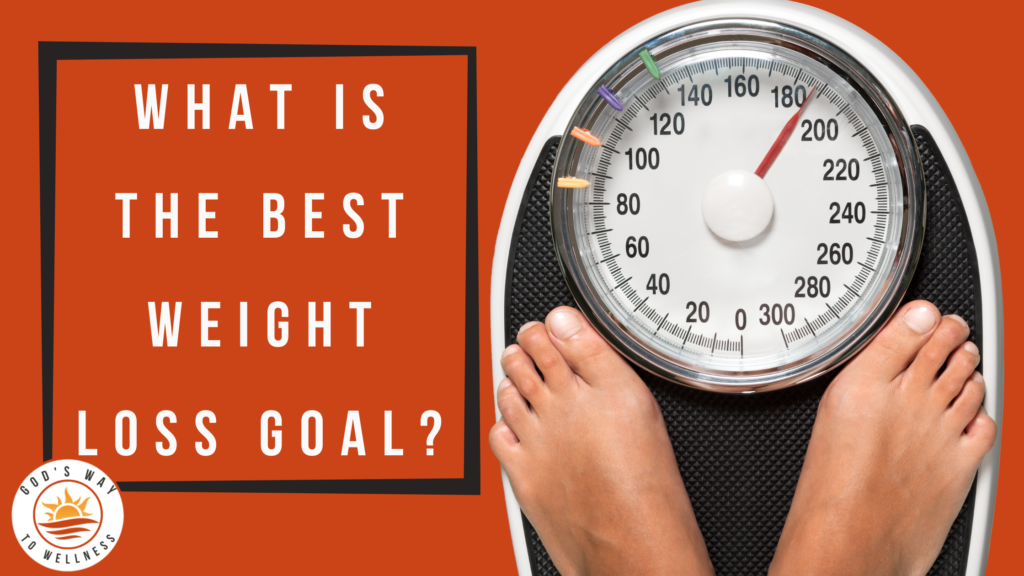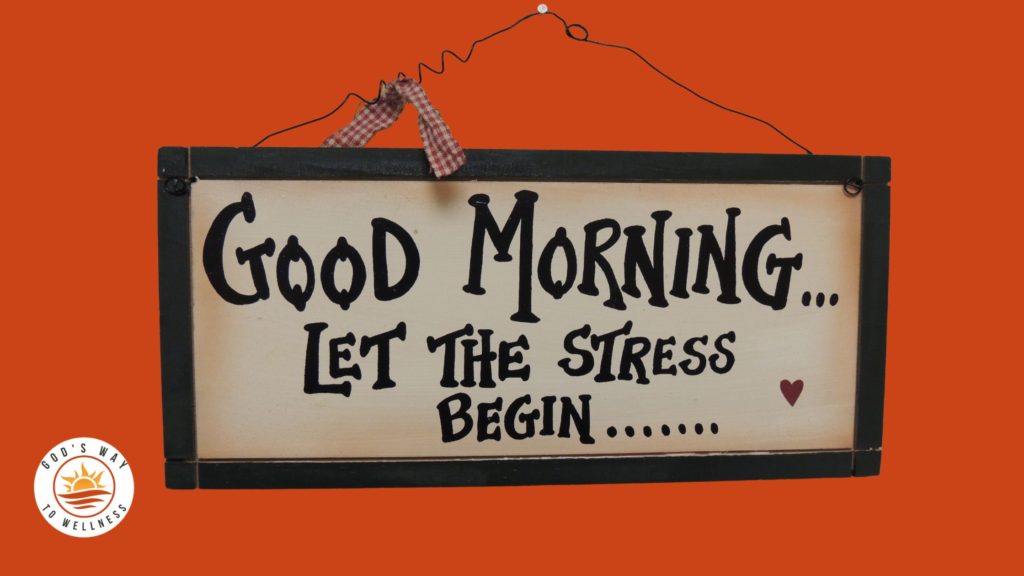Are you intimidated by the weightlifters isolated in their own corner of the gym? I avoided weightlifting because I didn’t want to reveal my lack of knowledge or build bulky muscles like Arnold Schwarzenegger.
Or maybe you avoid the gym because of the same feelings of inadequacy. However, strength training is not only for sweaty, muscular guys wearing tank tops.
It’s not just about looking good in a bathing suit either, but about overall health and the journey to wellness. (Ladies, I promise you will not get bulky muscles from strength training, but you might feel better in a bathing suit!)
So, what is the number one benefit of strength training? (Hint…there are plenty of benefits, but keep reading to find out my number one benefit of strength training involving food.)
What is strength training
The goal of strength training is to stress your body gradually and correctly to develop more muscle mass as opposed to only enlarging muscle size.
Body composition is what matters. Muscle and fat weigh the same, but muscle takes up less space than fat. More muscle does not mean bulky muscles, just less fat and a leaner body.
Compare strength training to sun tanning. You don’t stay in the sun all day or you will get sunburned. However, short periods of time in the sun add up to a suntan, just like proper strength training stresses the body, but doesn’t damage it. 1
Weight training, resistance training, and strength training are synonymous. I like the term strength training because you don’t have to use weights. Try body weight exercises like pushups and planks, and resistance bands work well too instead of weights.
What is insulin resistance
First, here is a brief description of how our bodies process sugar to produce energy. This process is called glucose metabolism.
- After you digest a meal, sugar (glucose) is absorbed from the gastrointestinal tract into the bloodstream. This signals the pancreas to produce insulin.
- Insulin helps blood glucose enter the cells of the body so they can use it as energy. Skeletal muscle plays a major role in this process by moving glucose out of the blood and storing excess glucose as glycogen.
- When blood glucose levels decrease, this signals insulin to decrease, too.
Eating too much sugar disrupts glucose metabolism. The pancreas must produce more insulin because high levels of glucose in the blood are damaging to the body. When the skeletal muscles and liver cannot store any more glycogen, the excess is stored as body fat.
With time, insulin overproduction by the pancreas causes cells to become ineffective at absorbing glucose. This causes insulin resistance and results in the dangerously high blood glucose levels in prediabetes and type 2 diabetes. 3
The number one benefit of strength training
We lose muscle mass as we age, starting at the age of 30. Less muscle means less storage capacity for excess glucose, so it builds up in our blood. The complex system of glucose transport from the blood to storage as glycogen is impaired.
Research shows that after a meal, the skeletal muscle removes 70-90% of the glucose from the blood. However, people with type 2 diabetes have an impaired ability to process glucose using skeletal muscles. 4
So, the greater the amount of skeletal muscle in our bodies, the better our cells can process the sugar in our diets, lowering the risk of prediabetes and type 2 diabetes.
Therefore, when we build more muscle mass with strength training, we avoid the long-term consequences of type 2 diabetes such as heart disease, chronic kidney disease, nerve damage, and other problems with feet, oral health, vision, hearing, and mental health. 5
Final words
Want another reason to lift weights? Our bodies can handle the occasional sweet treat, thanks to a resilient glucose metabolism. (My favorite is ice cream when I’m at the beach!)
Next steps
Ready to take the next step? It’s never too late! Start slowly if you are new to strength training. Hire a coach or trainer, if possible, even if it’s just for a few sessions to get started.
There are many online resources available. One I know about but have had no personal experience with is Mind Pump Media. They offer online courses, called MAPS, with a 30-day money-back guarantee. There is a beginner’s program and a program you can do at home with just a set of dumbbells and an exercise ball.
I have no affiliation with them, but I used some material from a podcast interview with the founder, Sal Di Stefano, in this blog post.
References
- https://dhrupurohit.com/dp-ep412/
- https://www.sciencedirect.com/science/article/pii/S1550413121001273
- https://www.cdc.gov/diabetes/basics/insulin-resistance.html
- https://www.ncbi.nlm.nih.gov/pmc/articles/PMC6835691/
- https://www.cdc.gov/diabetes/managing/problems.html
Disclaimer
Any information on this Website is provided for educational purposes only and is not intended as a substitute for the advice provided by a healthcare professional. You should not use the information on this Website for diagnosing or treating a health problem or disease or prescribing any medication or other treatment. You should always speak with a healthcare professional before taking any medication or nutritional, herbal or homeopathic supplement, or adopting any treatment for a health problem. If you have or suspect that you have a medical problem, promptly contact a healthcare professional.



